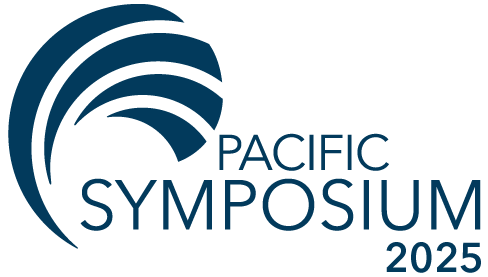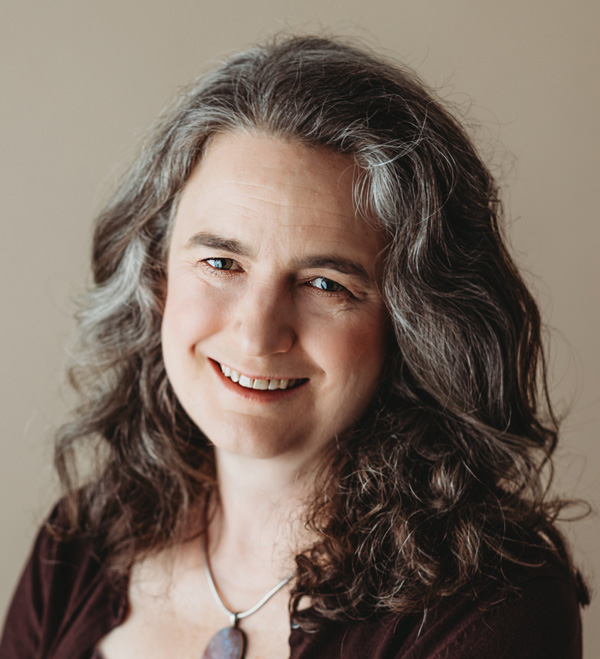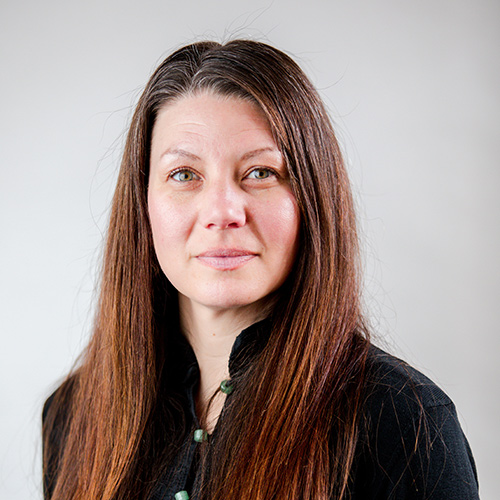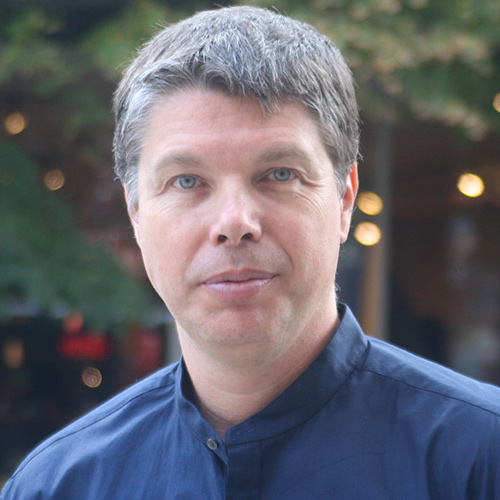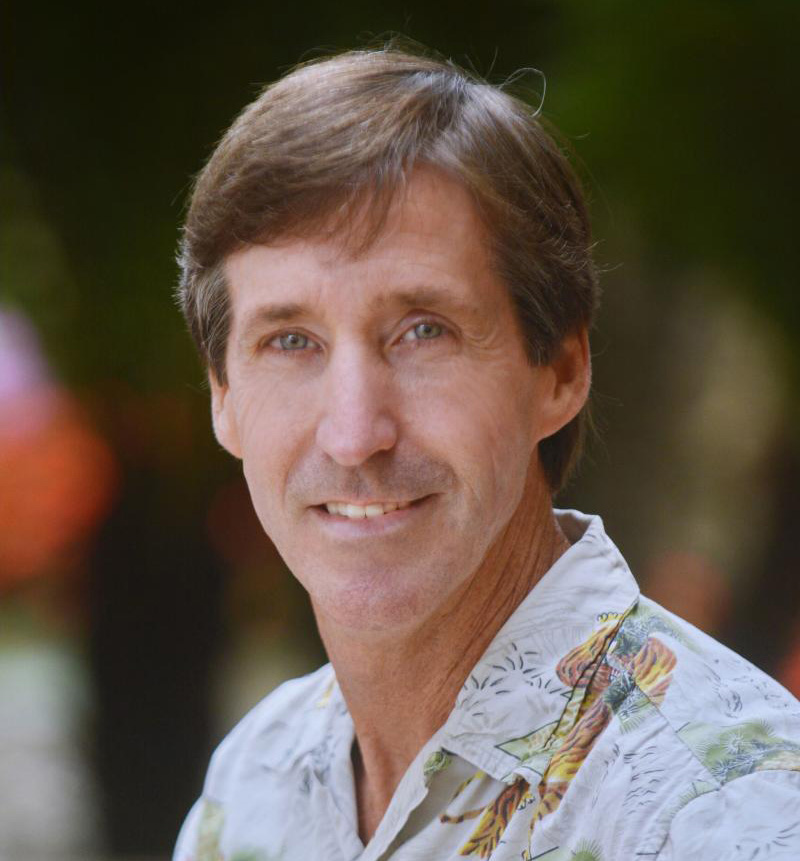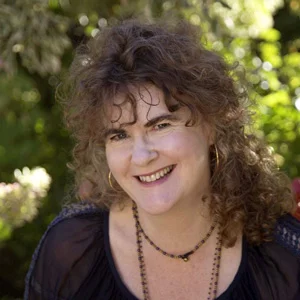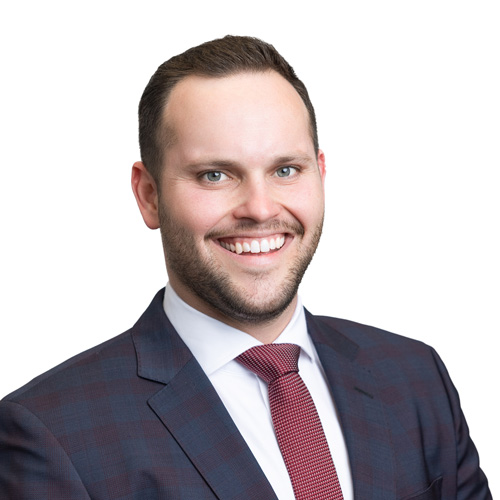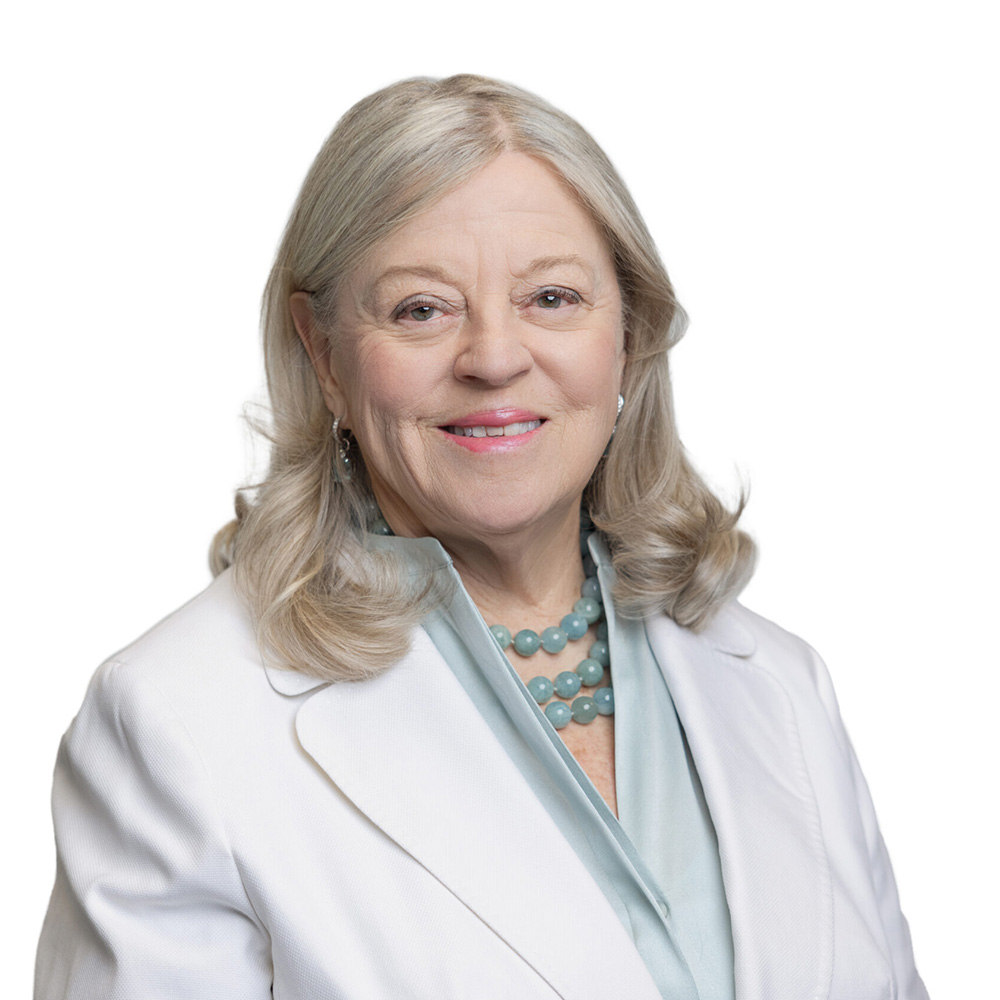Dr. Citkovitz will teach the rapid, effective approach to patient assessment and treatment that she uses in private and large-scale community acupuncture work. Once medical red flags are cleared, a majority of patients can be effectively assessed and needled in minutes, without a table, using a combination of three simple protocols and two microsystems. In microsystem triage, students go beyond red flags to determine which auricular and scalp approaches will make the most change for a given patient. Key auricular protocols will be introduced, along with the patient populations in which Dr. Citkovitz uses them, including Boccino protocol for patients with elevated blood glucose, modified NADA, and Battlefield systems. Dr. Citkovitz will demonstrate and supervise practice on the Zhu scalp acupuncture system for musculoskeletal and visceral pain and dysfunction, including the spine, shoulder, hip, head, and upper/middle/lower burner.
This class will NOT be live-streamed.
